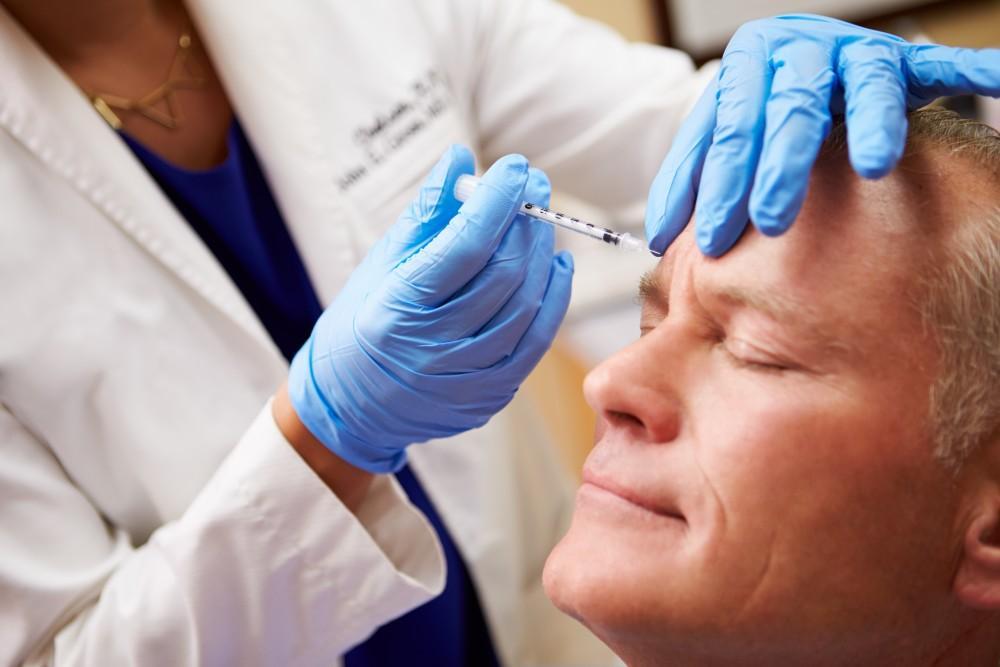Botox vs. Dysport: How Are They Different?

For 20 years now, Botox® has been working to banish facial wrinkles, targeting the root cause of those all-too-common lines: nerve-muscle communication.
While Botox may be the most well-known wrinkle treatment, Dysport® is also popular and in fact, its been around almost as long, earning FDA approval for forehead wrinkle treatment back in 2009.
Both Botox and Dysport target wrinkles in a similar way, and both can give you beautiful results. But there are a couple of key differences that might make one agent a better choice for you.
Soheila Rostami, MD, and Joseph Davidson, MD, offer both Botox and Dysport for patients at Rostami OPC, helping women and men in Reston, Virginia, enjoy smoother, more youthful complexions. Heres how to decide which one is a better option for helping you achieve your aesthetic goals.
How theyre the same
Botox and Dysport are both injected using thin needles much thinner than needles used for vaccinations. Both products are dosed, depending on the area thats being treated.
Once injected, both products work the same way, interrupting or blocking the nerve signals that travel from specific facial muscles to your brain and back again.
These nerve signals tell your facial muscles to contract or relax, based on your expression and other factors. Interrupting or blocking those signals means the muscles never get the message to move, so they dont tug on your skin and create lines and wrinkles.
With both agents, treatments take just a few minutes, and theres no downtime afterward. You might have some redness or very minor swelling near the injection site, but those effects go away soon after your treatment.
How theyre different
For some patients, the differences between Botox and Dysport are negligible; at other times, these small differences can make a difference.
Different formulations
Both Botox and Dysport use the same basic agent to block nerve signals, but they have different formulations: Dysports formulation is a little weaker than Botox, meaning you might need more Dysport to achieve the same effect as a Botox treatment.
Does that mean Dysport is more expensive? Not necessarily: Dysport costs less than Botox, so even if more is used, the cost can still be the same (or less). Because Dysports formulation is more diluted, it may also be used at a lower dose to achieve a softer, more diffuse effect.
Where theyre used
For cosmetic treatment, Botox is approved to treat forehead lines, frown lines, and crows feet. Dysport has FDA approval for frown lines (those lines that crop up between your eyebrows when you frown or cry).
However, both agents are used off-label for other cosmetic uses, including lines around the mouth, drooping brows, and those stringy neck bands.
When youll see results
Dysport wins this one hands down: Most patients see the effects of treatment within 2-3 days. For Botox, it can take up to about seven days or so to see your results.
How long they last
Botox lasts about 3-4 months, while Dysport often lasts a bit longer typically about four months. Both can be repeated to prolong your results.
Key factor: Applicator skill
No matter which agent you choose, having a skilled practitioner perform your treatment is essential. Not only can they make sure your agent is used to its fullest potential, but they can give you the ideal dose, so you have a natural look without any fear of looking frozen.
Look and feel your absolute best
Botox and Dysport dont just help you look more youthful and less stressed-out they can help you feel more confident about your appearance and the impression youre making on others too.
To learn more about both of these treatment options and how they can help you look and feel your best, call 571-568-8716 or book an appointment online with the team at Rostami OPC today.
